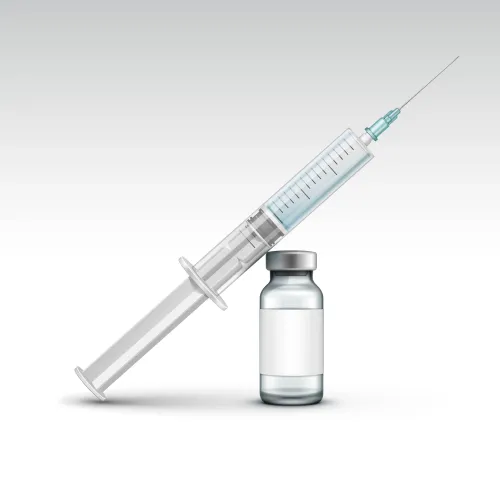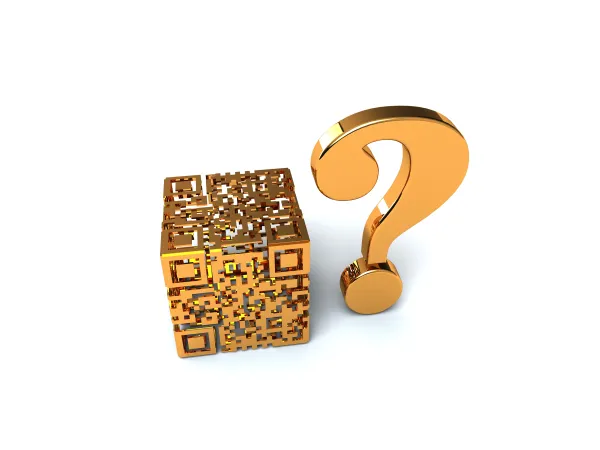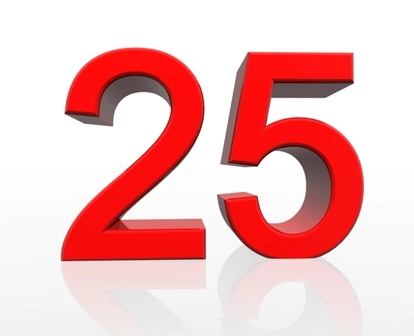Orthopedic Coding Alert
E/M Coding:
Max Out Claims by Knowing Non-Faceto- Face Time
Published on Mon May 09, 2022

You’ve reached your limit of free articles. Already a subscriber? Log in.
Not a subscriber? Subscribe today to continue reading this article. Plus, you’ll get:
- Simple explanations of current healthcare regulations and payer programs
- Real-world reporting scenarios solved by our expert coders
- Industry news, such as MAC and RAC activities, the OIG Work Plan, and CERT reports
- Instant access to every article ever published in Revenue Cycle Insider
- 6 annual AAPC-approved CEUs
- The latest updates for CPT®, ICD-10-CM, HCPCS Level II, NCCI edits, modifiers, compliance, technology, practice management, and more
Related Articles
Other Articles in this issue of
Orthopedic Coding Alert
- Fracture Care 101:
Follow These Steps to Break Into Closed Tx Coding
Did you know traction can accompany closed fracture treatment? When your orthopedist performs closed fracture [...] - Surgery Coding:
I.D. Partial/Total Hip Replacements, Stride to Coding Success
Do you know the key terms that can lead you to the right replacement code? [...] - E/M Coding:
Max Out Claims by Knowing Non-Faceto- Face Time
Know how to capture work that occurs beyond the patient encounter. Every coder knows how [...] - You Be the Coder:
Needle Guidance for X-rays
Question: Encounter notes indicate that the provider performed a right wrist arthrography, with radiological supervision [...] - Reader Questions:
Choose Osteotomy Combo Code in Some Scenarios
Question: Encounter notes indicate that the provider performed osteotomies on the distal third of the radius [...] - Reader Questions:
Scour Notes for Every Osteomyelitis Dx Detail
Question: During a level-three office evaluation and management (E/M) service for a new patient, the provider [...] - Reader Questions:
Don’t Confuse Dupuytren Contracture With This Common Dx
Question: Encounter notes indicate that the patient suffered from Dupuytren contracture. Is this a synonym for [...]
View All




